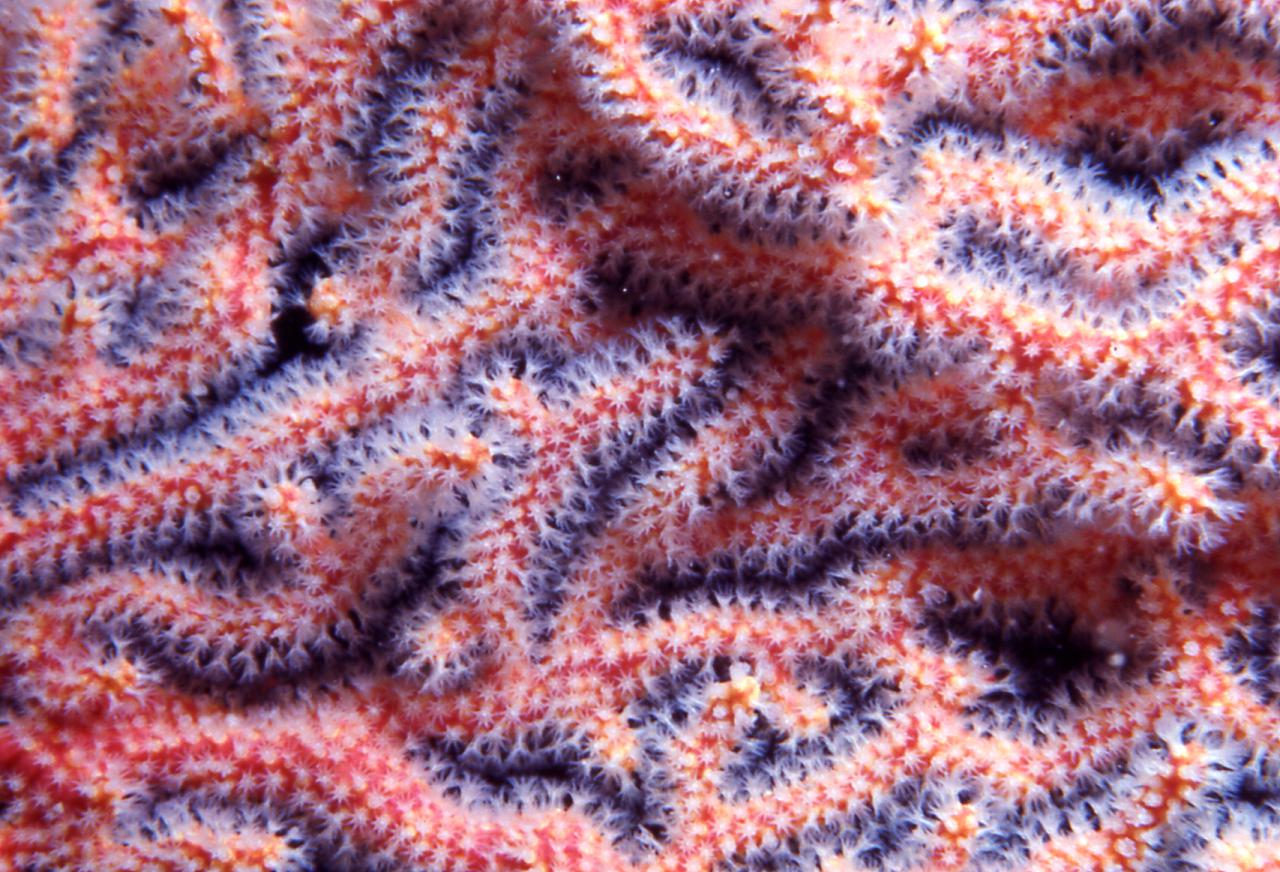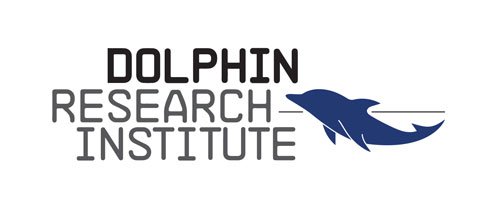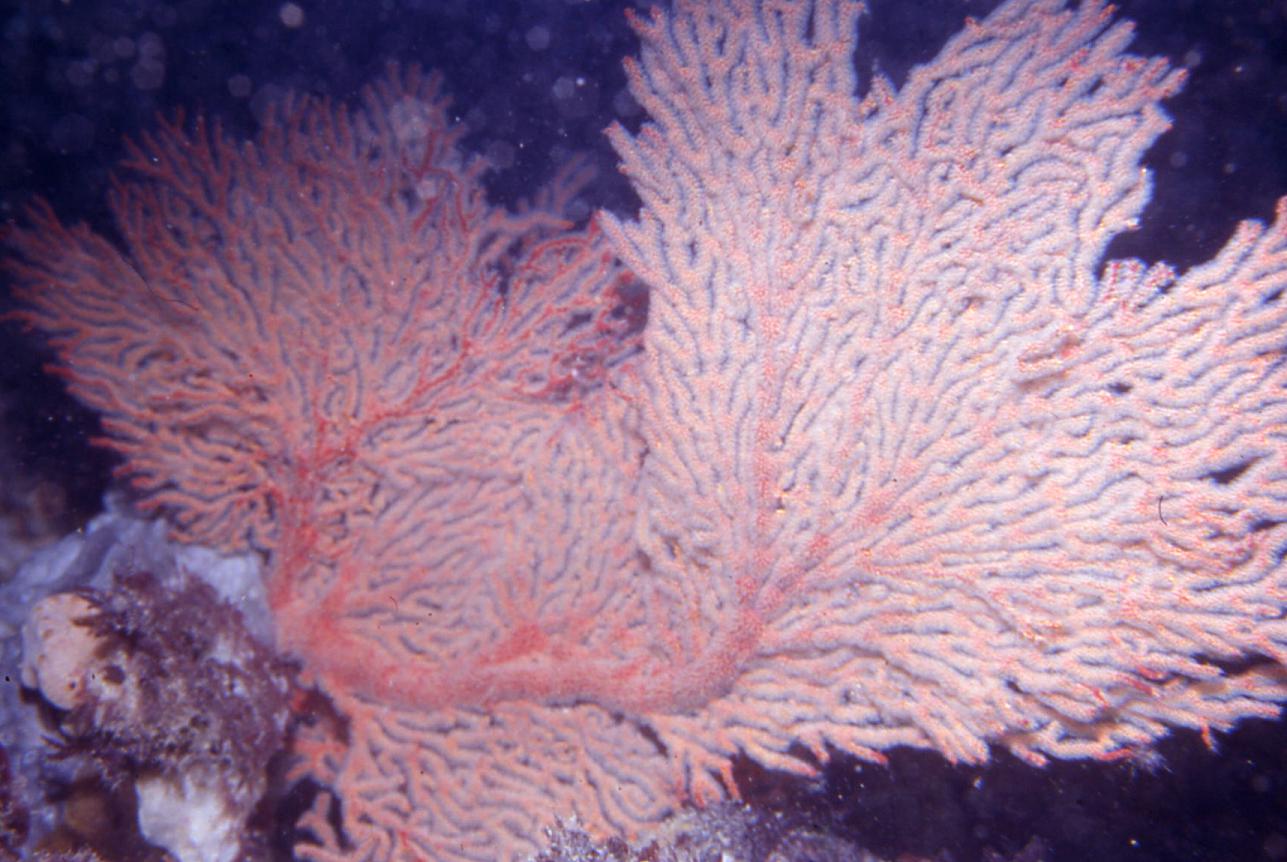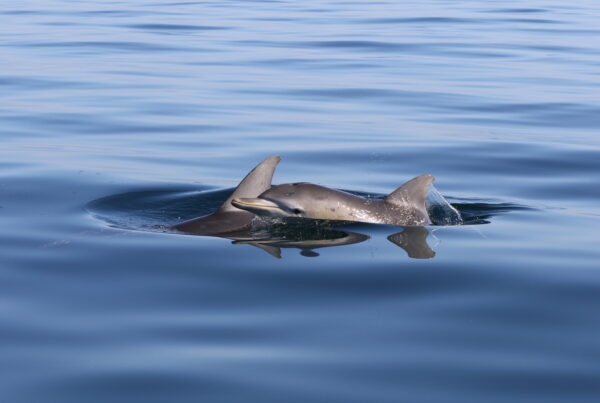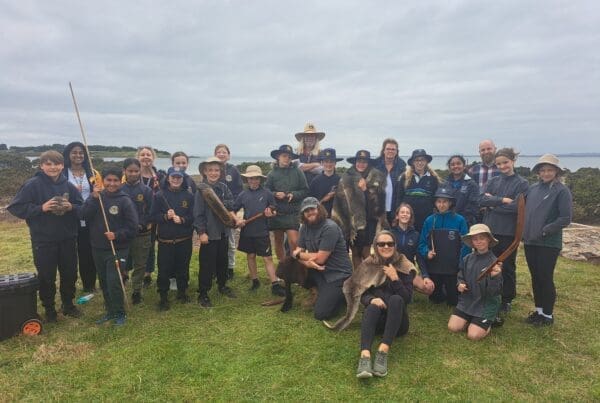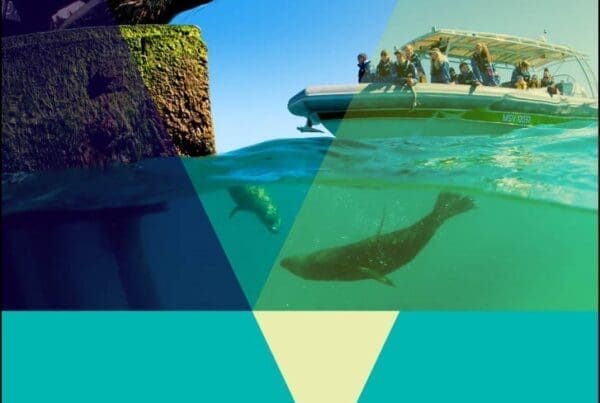The rest of the world is largely unaware of the marine treasures we have here in Australia, and gorgonian corals are just one of these marvels. The beautiful gorgonian corals (about 500 hundred species world-wide) include sea fans, sea whips, sea plumes, sea rods and precious red coral, and are mostly found near Bermuda, Florida and the West Indies. How many users of our bays have seen these amazing creatures thriving here and thought nothing of it.
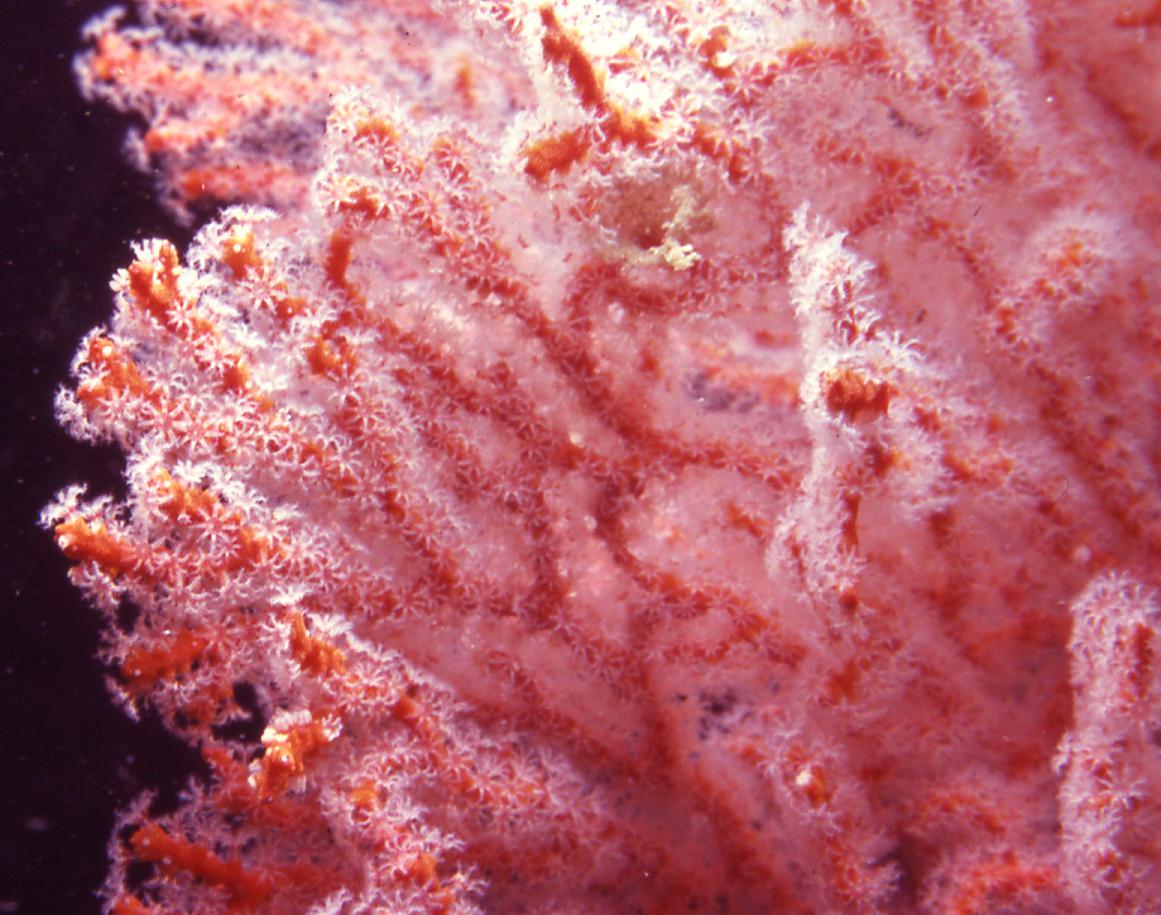
Their name comes from the Gorgons of Greek mythology; three terrifying monsters with writhing snakes for hair (the most famous of the sisters was Medusa). The Gorgons’ gaze would turn anyone who looked at them to stone. Some of the gorgonian corals grow into snake-like structures, (actually colonies of polyps), hence their name.
Although these usually nocturnal corals have developed stinging cells on their polyps with the eight tentacles, the actual coral has no organs. The polyp is basically one big stomach (called a gastrovascular cavity) with only one opening. The waving tentacles grab the passing prey, funnel it to the entrance hole, and into the stomach where it is digested. After this, the polyp spits out the remains from the same opening. This is quite an evolutionary advance. Think about that.
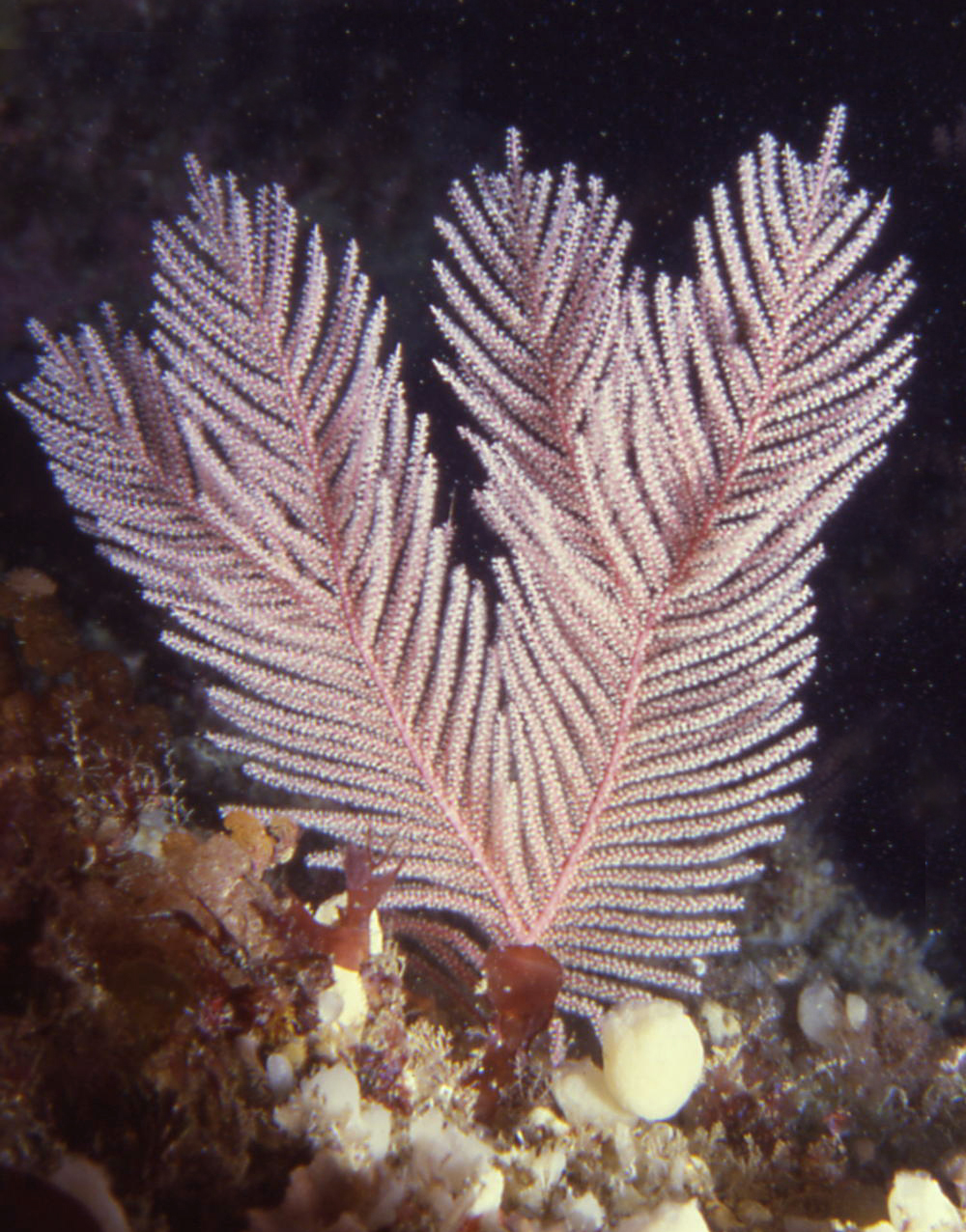
Gorgonian corals are known as soft corals as they don’t have solid, fused skeletons like the hard, reef-building corals. They are more flexible and appear almost like under-water plants. Their skeleton consists of a protein called gorgonin and tiny spicules of calcium carbonate that allow it to spread tree-like from an anchor in rocks, thick beds of sand or mud or other corals.
It is the calcareous skeletal components that give some species of gorgonian corals their yellow, lavender or orange colours. Other species have tiny photosynthetic algae (called zooxanthellae) growing on them symbiotically. This gives these corals their beautiful colours, as well as providing nutrients to the coral.
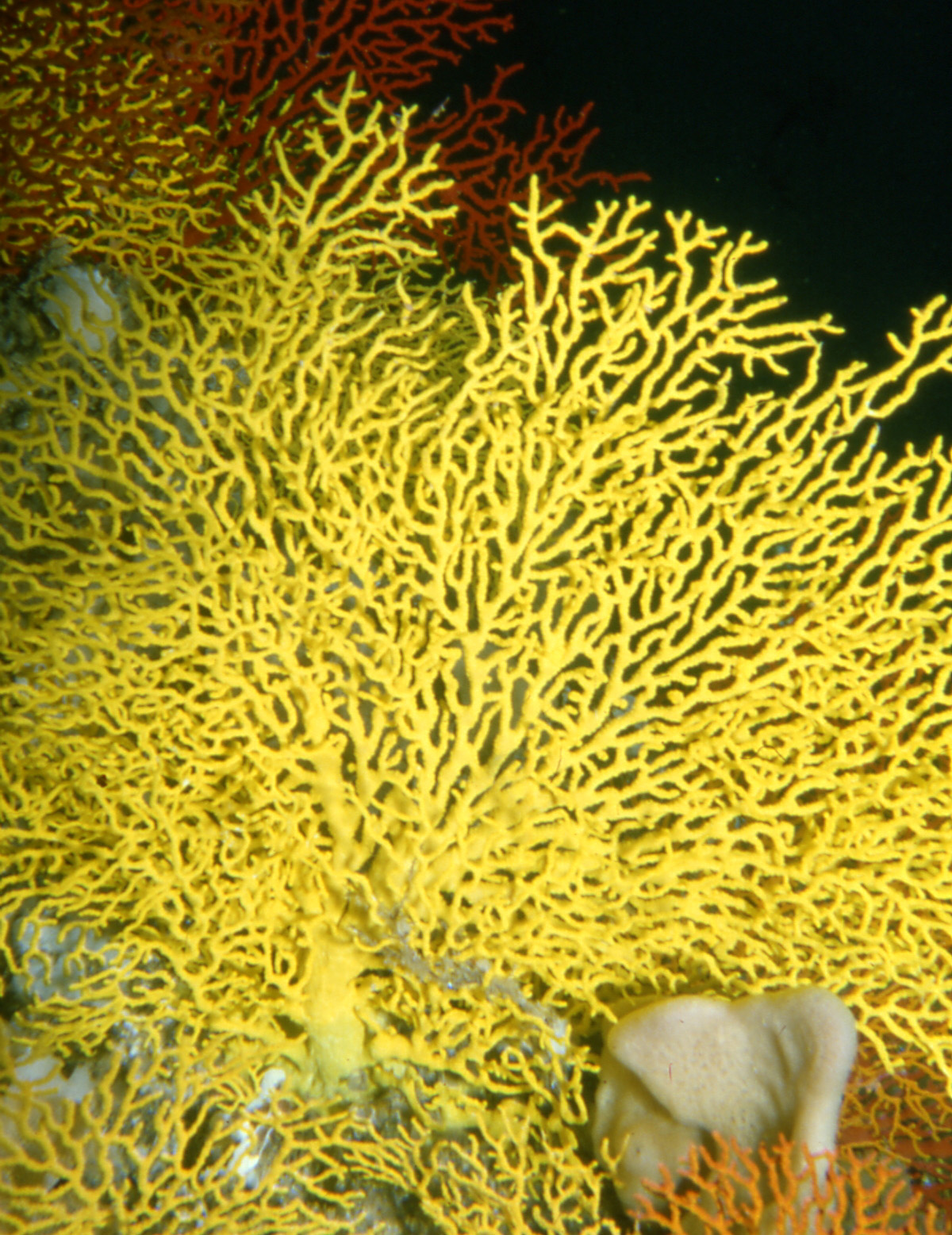
Their flexible skeleton allows the gorgonian corals to bend within the currents to maximize their filter-feeding. By turning against the current, they increase the surface area available to catch their prey such as plankton. Gorgonian polyps have eight pinnate tentacles; these octocorals also have specialised stinging cells. Soft corals usually have polyps with feathery tentacles that occur in numbers divisible by eight; hard corals’ tentacles aren’t feathery, and come in numbers that can be divided by six.
The swirling currents also help the gorgonian coral colonies to reproduce. They do this both sexually and asexually. The eggs and sperm are mass-released (spawned) by the polyps into the water, where they fuse to become gametes. These cilia-covered larvae eventually settle on a suitable substrate, from where they can form a polyp. This polyp, through asexual reproduction, can begin budding, and soon enough, a new gorgonian coral colony will establish and grow.
